157: Impact of "Peak Oil" for Property Investment
09-02-2007
PropertyInvesting.net team
This Special Report builds on analysis we performed in the last few months on "Peak Oil" and the impact this will have on executing a successful property investment strategy. Peak Oil is when the production of oil starts are irriversible downward trend. This normally occurs after half the oil reserves have been produced. According to our analysis:
-
Peak Oil occurred in late 2005 for conventional oil reserves - not including Deepwater and Oil Sands production
-
Peak Oil will occur any time between 2006 and 2010 for conventional oil including Deepwater and Oil Sands
-
Peak Oil is likely to occur around 2010-2012 for oil and gas equivalent production (oil plus gas added into the mix)
 The most astute property investors therefore need to position themselves for the end of low priced oil - oil prices will likely sky-rocket as OPEC is not able to keep up with demand.
The most astute property investors therefore need to position themselves for the end of low priced oil - oil prices will likely sky-rocket as OPEC is not able to keep up with demand.
Oil production supply could be expanded to keep up with demand, but we believe a number of forces are acting against this which will make it almost impossible for producers to keep up with demand:
1. Governments and states leveraging their powers to take control of large oil and gas projects (e.g. Russia, Kazakhstan, Venezuela) - this will slow supply. In turn, this hinders foreign investment because international banking/investor confidence is knocked.
2. The oil reserves of western oil companies are dwindling - acceleration of production will become increasingly difficult as National Oil Companies constrain investment because of competing financial commitments within their countries (social spending, infra-structure, public works)
3. There is no vested interest from major oil producing nations to keep prices low - prices will rise if no alternatives are readily available. Most other forms of energy are high cost and far less efficient. An example - growing corn for ethanol production displaces food crops - if land shortages occur, forests could be cut down to make way for such farming - hence this so called renewable source of energy can be environmentally demaging if no porperly managed - it also uses large amount of water which will increasingly be in short supply as the global population increases
Now, if you believe oil is current expensive read this. Bottled water in the UK cost £1/litre. Petrol costs less- 95p/litre. 80% of the price of oil is tax. So the oil actually costs about 20p/litre - fives times less than the bottled water! Furthermore, the UK now gets two $ for every £ - so in UK sterling terms, oil prices at $75 per barrel are equivalent to $32.5 per barrel when the $ traded at 1:1 to the £ some 17 years ago. Petrol and diesel are huge tax earning money generators for governments. All this tax revenue gets spent on public services. So as oil prices dropped from $35 per barrel in 1981 to $ 10 per barrel in 1999, governments in the western world used this opportunity to add in their tax - to increase their tax take and revenues. If oil prices go up now, in theory, these taxes should then drop - but we all know, this wont happen!
So the Middle Eastern oil producing nations do have a point when they say that western government also make huge revenues from oil - via taxes on diesel and petrol! And they get paid in US dollars - which aren't worth as much these days! In fact - as an example - the UK government make far more money out of selling petrol and diesel via taxes than the producers do getting from the fields, through refineries to market for sale - and they dont need to do anything for this (reference - minimal road building programme, no investment by the Government in oil and gas producing or refining infra-structure).
In our Special Report 150 , we give insights into aspects of the oil and energy business that can be used to give property investors the best insights into:
· How to hedge in case of a big hikes in oil prices
· What areas to avoid and which areas to gravitate to in case oil prices rise
· Boom town area
We also prepared a unique analysis of all oil producing countries historical production, then went through every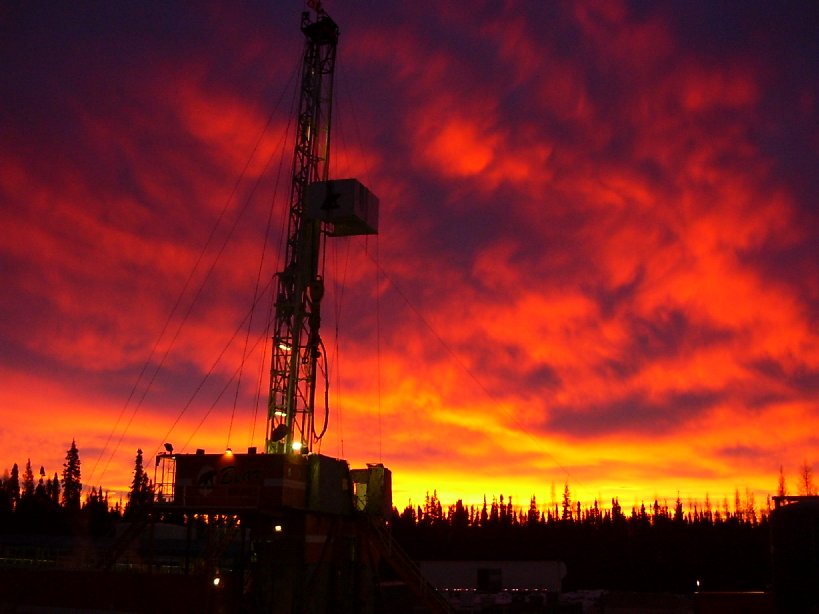 country and have predicted the actual maximum reasonable production they can achieve from mid 2007 until 2012. We then overlay the EIA official global oil demand forecasts. What we came up with was a surprising and one would say disturbing imbalance. The gap between supply and demand widens from early 2007 onwards. Global oil production peaks at 83 million bbls/day and stays more of less flat for five years. Meanwhile, demand is forecast to rise by the EIA by 1.37 million bbls/day up until 2010 and 1.32 million bbls/day after 2010 using current GDP projections reaching 92 million bbls/day by 2012.
country and have predicted the actual maximum reasonable production they can achieve from mid 2007 until 2012. We then overlay the EIA official global oil demand forecasts. What we came up with was a surprising and one would say disturbing imbalance. The gap between supply and demand widens from early 2007 onwards. Global oil production peaks at 83 million bbls/day and stays more of less flat for five years. Meanwhile, demand is forecast to rise by the EIA by 1.37 million bbls/day up until 2010 and 1.32 million bbls/day after 2010 using current GDP projections reaching 92 million bbls/day by 2012.
Obviously this imbalance implies oil prices will shoot up probably to $100 per barrel and then $125 per barrel by end 2008 which would then start to constrain demand. We then expand on this prediction in Special Report 151. in most Western developed countries tax on petrol is about 80%. If one would only start to reduce gas/petrol consumption significantly if the petrol prices doubled this implies if the tax (in pence/litre) stays the same - then oil prices would have to rise five fold from $70 per barrel to $420 per barrel to make a big difference in your consumption pattern! This, combined with a massive demand increase from China, India and industrializing countries - is why PropertyInvesting.net think oil prices are likely to rise to $125 per barrel by end 2008 but this would only raise petrol prices by a meager 16% in the UK which we believe would barely register a decrease on the consumptions side hence oil price could ruse still further. Because 75% of oil is used to fuel transport and millions of new cars and trucks are hitting the streets in
Oil boom towns around the world (see our full list in Special Report 148 :
· Towns and cities less exposure to high oil prices with close concentration of population, services dominated economy (banking, technology, offices)
· Cities with fast commuting over short distances via electric rail networks (rather than cars, motorways, spread-out)
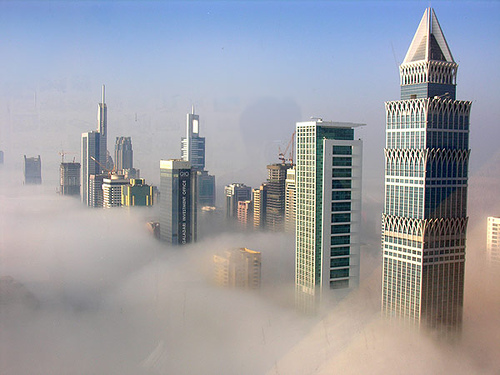 Attractive Cities (examples of oil boom towns)
Attractive Cities (examples of oil boom towns)
·
· Bergen, Oslo, Stavanger - Norway
·
·
·
·
·
· Houston/Dallas/Galveston -
·
·
· Dhahran Saudi Arabia *
·
 Attractive Cities less oil intensive (example)
Attractive Cities less oil intensive (example)
·
·
·
·
·
Less Attractive Cities more oil intensive with no oil (example)
·
·
·
More attractive - coastal holiday villages and towns close to major cities that have low oil intensity and a services led economy holiday home areas that can be reached on a Ό of a cars tank of petrol example:
·
·
· Ireland: coastal property close to
Less attractive - holiday locations where air transport would become unsustainable - remote towns, rural or coastal areas where tourists arrive by airplane (particularly long haul) where air taxes and oil price could double air travel costs: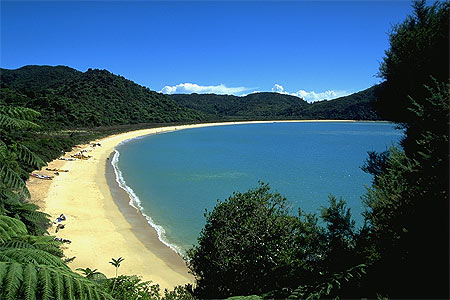
·
·
·
·
·
·
·
If we think about it rationally flying 5000 miles on holiday for a week is rather ridiculous particularly if I creates huge emissions and burns huge amounts if fuel that cannot be replaced. Its a very nice feeling jet-setting from one place to another climate, time zones, culture great. The point is most people like it for good reason but it might become a thing of the past if oil prices sky-rocket. So the best property investors have to consider this as a risk area no use buying a lovely holiday villa in the
And dont expect someone to invent an electric plane overnight Kerosene (Jet Fuel) can only be extracted from crude oil. So the airline business could go the way of the old rail business if an oil crisis hits. And one of the best businesses to be in would be electric rail transport so if you have a home next to a high speed electric rail station, youd be quids in! Examples are:
· 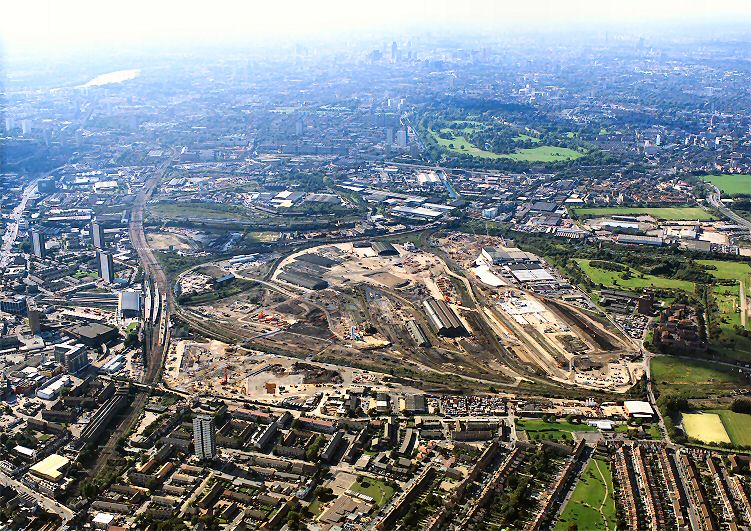
· France: Calais, Lille, Paris, Lyon, Nice, Montpellier, St Briec (Brittany)
· Benelux:
·
Do not invest in high oil intensity areas in the developed world that are exposed to high oil prices. These include:
· Manufacturing dominated areas in the UK Midlands and
· Remote rural areas which reply on long distance road transport for supply of goods, services, tourism and trade, that do not have good rail links example:
o Mid
o
o NW
o
And if all this talk of high oil prices makes you feel particularly nervous, you might consider investing in:
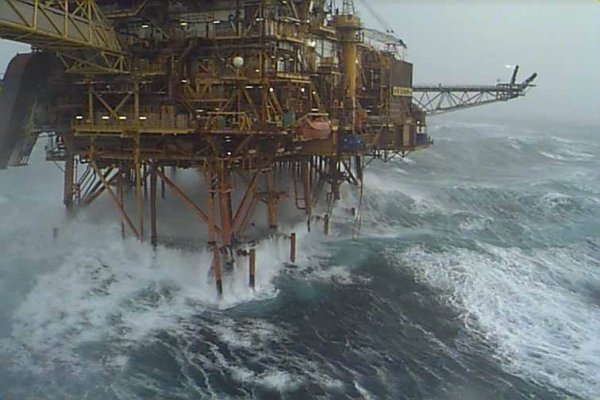 · Oil and gas companies
· Oil and gas companies
· Liquid Natural Gas (LNG) companies
· Oil services companies (drilling, well services, engineering)
· Coal mining companies
· Nuclear power companies (if you believe more will be built?)
· Uranium mining companies
· Renewables companies (solar, wind, tidal, bio-fuels)
· Electric rail transport companies
· Government bonds of oil producing nations
· Currencies of oil and gas producing nations (biggest oil/gas surpluses)
· Oil as a commodity
· Oil & gas investment funds
And if you are still spooked then some non-oil producing nations like
Finally - there are many organisations that specialise in providing advice and discussion groups with regard to "life after Peak Oil". On the positive side, many people believe that less car and air travel would lead to closer knit communities, a more sustainable localised infra-structure and an overall improved quality of life. Goods and services would be produced locally. The whole supply chain would change.
It's likely villages in rural areas would suffer a lower standard of living but quality of life could be better. Meanwhile, the least exposed area for the property investor to focus their investments would be the booming oil towns (note: price driven booms, not supply) and less energy intensive cities with good electric transport infra-structure. Areas exposed to renewables energy sources could also benefit, but it's difficult to see what these would be and where they would be since most of these businesses are immature and profits would tend to go back to the cities, and be only of minimal benefit economically to rural areas.
We hope you have found these insights helpful. If you have any comments, please contact us on enquiries@propertyinvesting.net

